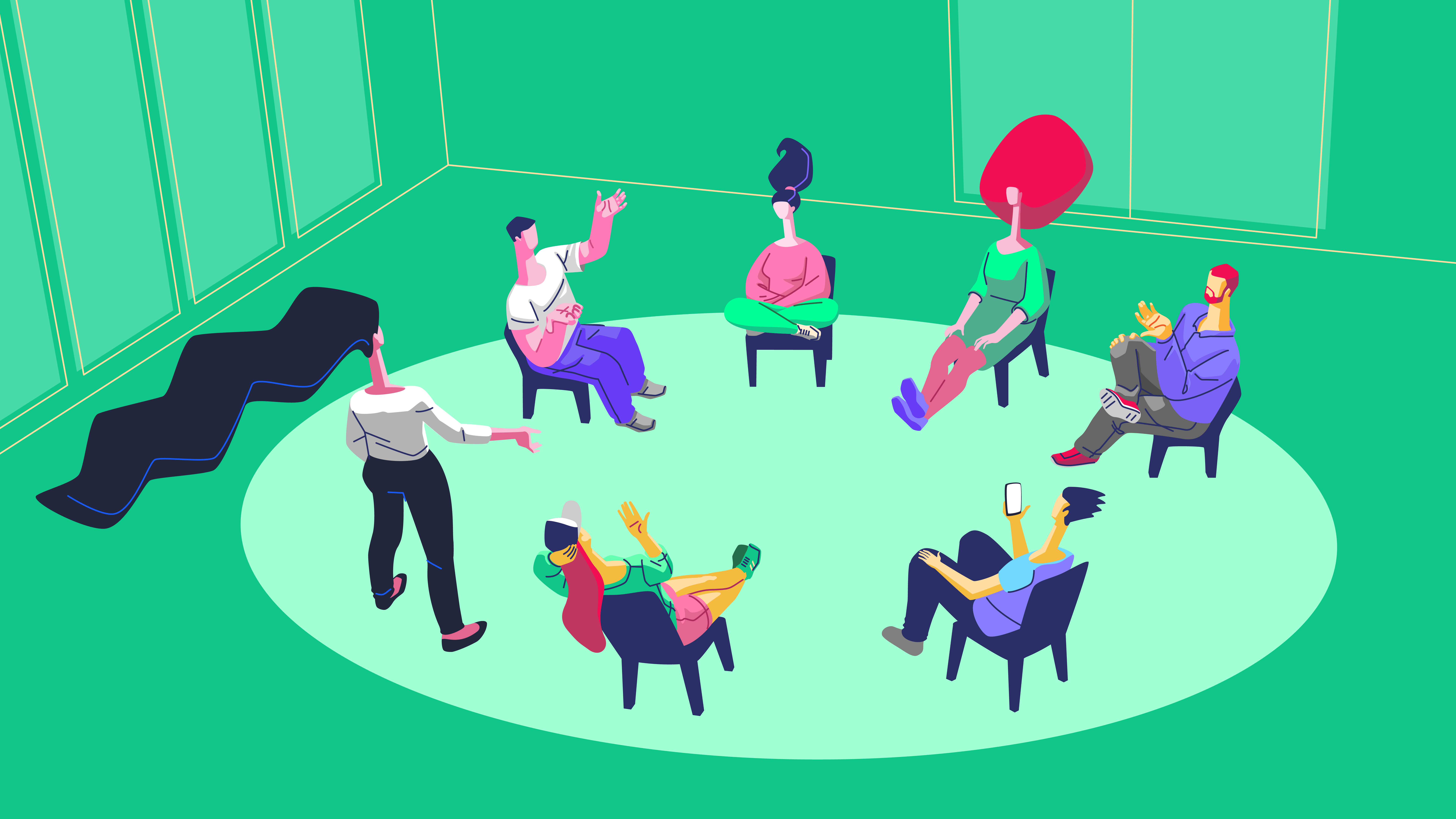Is Product Owner a helping profession?

Have you ever felt like you’re simultaneously a coach, firefighter, and mediator? Sound familiar? If so, you’re not alone.
Burnout and emotional exhaustion don’t just affect doctors or social workers. In today’s digital world, key roles like product owners face daily challenges involving people, communication, and tough decisions. According to a 2023 study, 42% of tech professionals have experienced sustained mental strain due to work.
In traditional helping professions, there’s a long-established tool to help process such situations: supervision.
But what exactly is supervision—and how did it arrive at Virgo?
Supervision is a structured and safe-format conversation in which participants reflect on specific work situations—exploring them emotionally, professionally, and in terms of communication. It helps uncover dynamics, break out of personal mental loops, and view tough situations from new perspectives.
Virgo’s Vision
Virgo’s product owner professional community was open to trying something new—so, drawing on my background in mental health studies, I introduced this method. Based on feedback from the first two sessions, it works. In fact, it works even better than we hoped.
The feedback has been overwhelmingly positive: it strengthens team cohesion, and in addition to learning the method itself, we get to know each other better through the practice. Together, we map out the situations with great precision, build insights methodically, and discover new perspectives and potential solutions.
So maybe product ownership is a helping profession? At Virgo, it definitely has some elements of one!
So how does a supervision group work?
Preparation: A good question is half the battle
Each session has a facilitator who holds the framework of the process—creating a safe, non-judgmental space. Participants come prepared with a situation that was challenging for them. At the beginning of the session, we choose one case to explore more deeply.
It was such a relief to finally say a problem out loud without having to immediately offer a solution.
Processing: In three rounds
- Connection
Others share when they experienced something similar. - Identification
We step into the other party’s shoes (e.g., boss, client). - Brainstorming
We suggest new ideas and offer alternative perspectives.
The most surprising part was when I tried to think with ‘the other person’s’ mind. It gave me a completely new understanding.
Closing: The case presenter reflects
The result is almost always the same: relief, fresh perspectives, and a clearer communication strategy.
What kinds of situations come up?
Here are a few real-life examples from recent sessions:
- Communication Breakdown
A supposedly “neutral” email triggered tension in the team for days—the PO couldn’t even tell what went wrong. - Time Logging Conflict
A team member kept skipping work logs, and the PO didn’t want to act like a “monitor.” - Split Loyalty
The PO was torn between executive pressure and team interests—grappling with the dilemma, “Whose side am I on?”
These stories aren’t just about POs—they reflect all of us. The often-invisible patterns in workplace relationships can be reinterpreted here—and even improved.
Why does it work?
At the core of supervision is pure attention. No judgment. No instant advice. Just genuine understanding. That’s what brings the biggest transformations.
The week after the session felt like something had been released inside me. I stopped fighting—I started asking questions instead.
The method works in person and online alike. It combines the power of community, professional learning, and emotional support.
About the work and some interesting insights
What kinds of cases are suitable? Based on our experience so far: blow-ups with senior management over a seemingly innocent email, task delegation friction with a QA lead, recurring conflict over logging work time, and more…
This works well both onsite and remotely. The person presenting the case usually leaves emotionally uplifted and professionally empowered. Many report that in the days following the session, their issue “shifts,” and progress starts happening.
That’s no coincidence: focused, judgment-free attention is one of the strongest forces for moving things in the right direction.